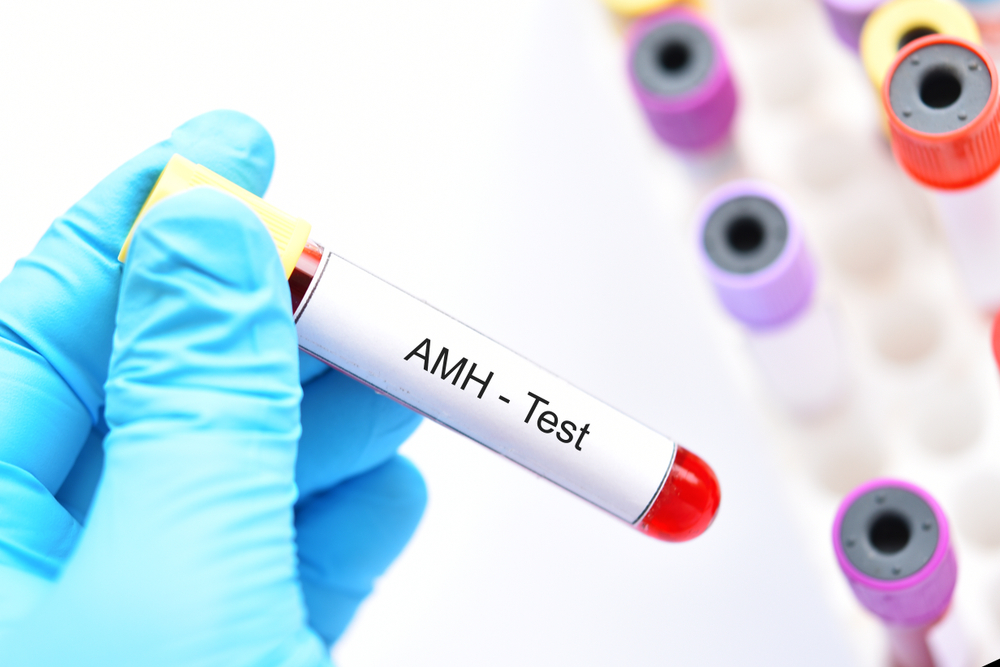Know Your Numbers: Understanding AMH & Day 3 Test Results

One of the critical components of a female fertility workup is testing hormone blood levels, including Anti-Mullerian hormone (AMH) and ‘Day 3’ blood tests – follicle stimulating hormone (FSH), luteinizing hormone (LH), and estradiol (E2). ‘Day 3’ blood tests are typically drawn on the third day of your menstrual cycle in order to optimize their measurement. All of these hormones help your physician better understand your ovarian reserve, or the quantity and quality of eggs remaining in your ovaries. These hormones are also monitored during a treatment cycle and can help guide changes to treatment protocol.
Though AMH is not considered part of 'Day 3’ hormones, it is still an important marker of your fertility status. AMH is produced by cells of growing follicles and indicates the quantity of developing eggs in your ovaries. AMH can be measured at any point of your menstrual cycle, not just on day 3, and does not require a sonogram to get an accurate reading like antral basal follicle count. Levels of AMH increase until early adulthood and then slowly decrease with increasing age until becoming undetectable before menopause.
FSH is a hormone secreted by your pituitary gland that stimulates the production of estrogen and eggs. High levels of FSH are generally an indication of poor ovarian reserve, but do not necessarily mean pregnancy is impossible. FSH concentrations can vary during your lifetime and even throughout a typical menstrual cycle. Your doctor, therefore, will also review other components of a fertility test to further evaluate your fertility status. The FSH blood test is also used to diagnose and evaluate polycystic ovary disease, ovarian cysts, irregular vaginal bleeding, and infertility.
LH is another hormone secreted by your pituitary gland. LH levels tend to rise mid-cycle, prompting ovulation to occur within 24-36 hours. Higher than normal levels of LH may suggest ovarian failure, a pituitary disorder, or polycystic ovarian disease. Low levels of LH could indicate malnutrition, anorexia, stress, or, again, a pituitary disorder.
E2 is a form of estrogen that is primarily made in and released from your ovaries, adrenal cortex, and placenta. It is responsible for the growth of the breasts, external genitalia, uterus, fallopian tubes, and vagina. E2 prompts maturation of the follicles, release of the egg, and thickens the uterine lining for the egg to have an ideal environment in which to implant. E2 levels should be low around day 3. A high E2 would suppress FSH production.
Because a single test cannot give a completely accurate picture of your fertility status, your doctor should review the other components of a fertility workup, such as an ultrasound and physical and medical history, to determine your fertility status and whether you will require assisted reproductive technology, such as in vitro fertilization (IVF) to create your family. Using these other tests will give your doctor a complete picture of your reproductive health and the treatment that is best for your family building goals. Furthermore, you should not make any conclusions about your hormone levels or fertility status without consulting your doctor. You doctor is an expert in the field and can best explain your results.
